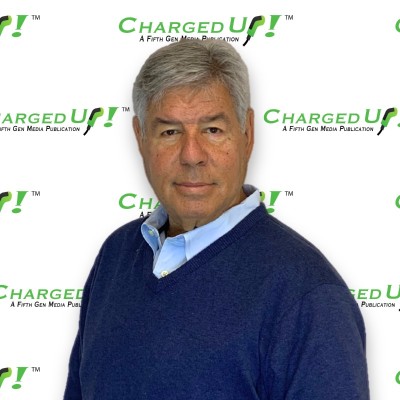Why EV Charging Still Belongs On Your Properties—Even When Car Manufacturers Hit Pause
- Rich Berliner

- Sep 30
- 3 min read
Updated: Oct 1

September 2025 has been a month of confusing headlines for the EV world. Acura just announced the end of its ZDX crossover after a single model year. GM has trimmed its EV lineup, and other automakers are quietly delaying launches or consolidating platforms. On the surface, it looks like a retreat.
With elimination of the $7500 tax credit, the month of October marks a significant test for the American electric vehicle (EV) industry.
But look beyond the product news, and a different story emerges. Public charging keeps expanding. Drivers are finding it easier to top up near coffee shops, gyms, and grocery stores. And once people get used to the convenience of plugging in while running errands, that habit doesn’t go away—even if the mix of models on sale shifts.
For property owners, the lesson is clear: don’t confuse automaker churn with demand collapse. Charging on your site is a bet on driver behavior, not on the marketing plan of any one car company.
Automakers Are Pruning, Not Abandoning
The ZDX’s short life isn’t a verdict on EV adoption. It’s a sign that automakers are rationalizing platforms, cutting losses on joint ventures, and shifting toward in-house architectures they can scale profitably. These adjustments matter to Detroit and Tokyo, but they don’t change the fact that millions of drivers still need reliable places to charge.
Think of it this way: shoppers don’t care whether their SUV rides on GM’s Ultium bones or Acura’s next-gen platform. They care that when they pull into your lot, the chargers are easy to find, well lit, and actually work.
That’s where landlords and developers have an edge. A good location is durable. If the foot traffic is there, and the dwell time aligns with charging, the site wins—regardless of which automaker is having a good quarter.
Momentum Lives in the Map
The real indicator isn’t the quarterly sales chart. It’s the charging map.
By mid-2025, the U.S. passed 58,600 fast-charging ports, with another wave coming from federally funded NEVI stations—roughly 110 sites, 500 ports, and counting. The broader picture shows more than 219,000 public charging ports nationwide, up steadily through the summer.
That density changes behavior. Road trips that once required spreadsheets and backup plans now feel routine. Daily errands come with the expectation that you can add 80 miles in the time it takes to buy groceries. As more of those options appear on drivers’ dashboards, the less they worry about whether their next car has a plug.
For property owners, that’s the opportunity. Charging doesn’t just serve existing EV drivers; it reassures the fence-sitters who see your site on the map and realize: “Yes, this is possible.”
What This Means for Your Properties
The trap is to think of chargers as a vanity amenity—two lonely plugs tucked into a dark corner. That’s not a strategy; it’s a complaint generator.
The real play is to treat charging like infrastructure for customer stickiness. The same way signage pulls cars off a highway or a good anchor tenant stabilizes a shopping center, chargers bring repeat visits. A coffee stop becomes “coffee + charge.” A movie becomes “dinner + charge.” A grocery run becomes “weekly top-up.”
Charging also creates optionality in your business model. You can lease the space for steady rent, partner with an operator for revenue share, or run the chargers yourself if you’re ready to manage them like storefronts. Either way, it builds defensibility into your asset.
Most importantly, it future-proofs your site. Even if EV adoption slows for a year or two, the long-term curve points only one direction: more electrified miles. When the next wave of cost-reduced EVs hits in 2026 and beyond, the sites that already feel safe, obvious, and convenient will capture the habit.
The Bottom Line
Automakers are trimming portfolios. That’s noise. What matters for real estate is the map. More chargers are online every month, more drivers are building charging into their routines, and more properties are discovering that chargers function as both an amenity and a revenue stream.
You don’t need to win the technology debate to win the market. You just need to make charging at your property feel inevitable—easy to spot, safe to use, fairly priced, and ready for repeat visits.
When the next wave of EVs arrives, the customers will already know where to go.
About Us
ChargedUp! is one of the most widely read publications in the EV charging space. Our approach is to take topics that are of interest to everyone and mention companies that provide best-in-class approaches.
To discuss including your products or services, contact us at info@chargeduppro.com. At ChargedUp!, we are committed to keeping businesses and individuals informed about the evolving EV landscape.
For more updates and insights, subscribe to our newsletter at chargeduppro.com.






Comments